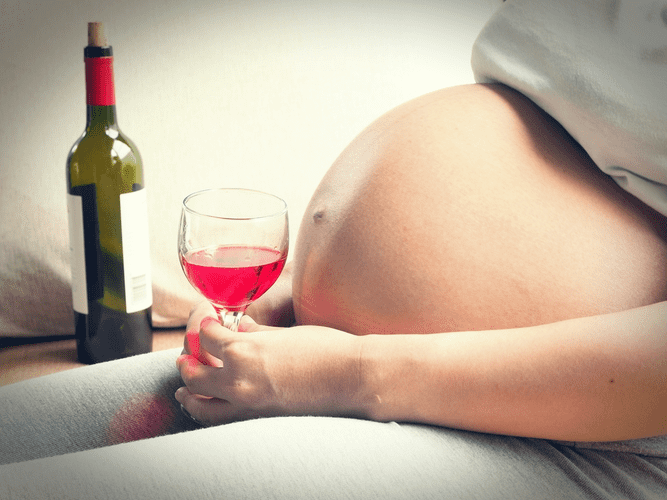Content
In 1988, Littlewood and colleagues showed that 300 ml or ten ounces of red wine, but not vodka with an equivalent alcohol content, provoked headache in red wine sensitive migraineurs. Migraineurs not sensitive to wine and non-headache controls did not have headaches triggered. They suggested that red wine contains a migraine-provoking agent that is not alcohol. Some studies in France and Italy report white wine as the major culprit.
It is one possibility, but researchers have found that less than 1% of the U.S. population actually has a sulfite sensitivity. You might see more congeners in darker alcohol, such as red wine, rum, or brandy.
Alcohol Post-Acute Withdrawal Syndrome (PAWS)
Although any type of alcohol can trigger a migraine, people who experience regular migraine attacks cite red wine as the most Why Does Alcohol Cause Migraines frequent culprit. Flavonoid phenols and tannins, both alike in character and action, are by-products of alcohol fermentation.
- Regional differences were reported, perhaps depending in part on alcohol habits.
- The HSS, which was used in this study, was developed to provide a useful hangover measure, assessing multiple symptom domains, which do not rely on respondents’ subjective definitions of hangover.
- The tyramine content of both the red and white wine was negligible 1–2 mg/L in comparison with the tyramine doses utilized in oral challenge studies (100–200 mg).
- Certainly, if a less alcohol preference in migraine patients will be confirmed in large controlled studies, it merits a correlation with 5-HT system, which is involved in migraine pathogenesis in some way.
Some people get a headache after drinking even the smallest amount of alcohol. And it doesn’t always take a full glass of alcohol to cause a migraine. For some, a migraine can start after just a few sips of an alcoholic drink. It all depends on your sensitivity to alcohol and whether you’re already prone to https://ecosoberhouse.com/ getting migraines. Sulfites are added to alcohol to limit yeast growth and act as a preservative. These can be found in a lot of processed foods, dried fruits, and alcohol, specifically white wine. When we eat foods and consume drinks high in histamines, like alcohol, this can lead to a histamine overload.
Struggling with migraine hangovers? Read this
Some people drink water in between glasses of wine, for example. Beer, on the other hand, may be a safer choice of alcohol than red wine. In one study, people with migraine or tension-type headache cited red wine as a headache trigger more than three times as often as beer. The quality of the alcohol consumed may be a factor in whether it triggers a headache. Lower-quality wines contain molecules known as phenolic flavonoid radicals, which may interfere with serotonin, a signaling molecule in the brain involved in migraine attacks.
- The similarity between the symptomatology of these two common disorders, migraine and hangover, has led us to compare alcohol hangover symptoms in migraine sufferers and nonsufferers.
- Curiously, in some countries the connection was negligible (1.4 to 6.1% of patients).
- In this light, direct or indirect (by 5-HT release) stimulation of 5-HT2 receptors was supposed to be the mechanism of headache induced by some serotonergic agonists (, for review).
- For some people that also includes alcohol, maybe just certain kinds.
- The interpretation of this data should be cautious, since recall bias is a major concern.
Also oral intake of pure alcohol produces significant vasodilatation in man . The relation between tyramine and migraine has been studied most extensively. Half were pioneering studies performed by Hanington et al. (see ) which showed that oral tyramine provoked headaches in dietary migraine patients but not in nondietary migraine or controls. However, two conclusive negative studies were found on the relation between oral tyramine and headache attack in dietary and nondietary migraine. Fusel alcohols are another byproduct that can lead to a pounding headache after drinking. It not only increases the likelihood of a hangover but also sours the taste of beer, especially home-brewed varieties. Several different components found in beer can contribute to a hangover headache in the following hours or even days.
Can you take Topamax with alcohol?
Multivariate analysis by linear regression tested independent predictors for hangover symptoms (total HSS at last year and its Nude Selfie Girls-scales). For each test, P values less than 0.05 were considered as statistically significant unless stated otherwise. Nausea occurs in almost 90% of patients, while vomiting occurs in about a third.

Generally, these episodes resolve within a few hours but can last up to a whole day. Wechsler H, Davenport A, Dowdall G, Moeykens B, Castillo S. Health and behavioral consequences of binge drinking in college. A total of 739 questionnaires were handed to students; 47 of them met the exclusion criteria, therefore 692 questionnaires were studied.
Are Continued Alcohol Headaches a Sign of Another Underlying Medical Condition?
If your headaches happen only when you drink too much, you need to think about whether your experience is due to the alcohol itself ( a “hangover”) or whether you actually have a migraine headache. People prone to migraines tend to have more problems with hangovers. Conversely, there are many medications that interfere with the breakdown of alcohol and acetaldehyde, worsening the consequences of drinking. A thin, Japanese teetotaling woman taking prescription painkillers will clearly have more problems with a few drinks than a 250 pound linebacker who regularly drinks four beers a night. Most people are well aware of the presence of headache, malaise, diarrhea, loss of appetite, tiredness, nausea and sensitivity to light, sound and motion the day after binge drinking.
Almost 80% of the European study’s participants named wine – particularly red wine – as the most common trigger out of all alcoholic beverages. Red wine consistently led to a migraine attack among almost 10% of participants.


